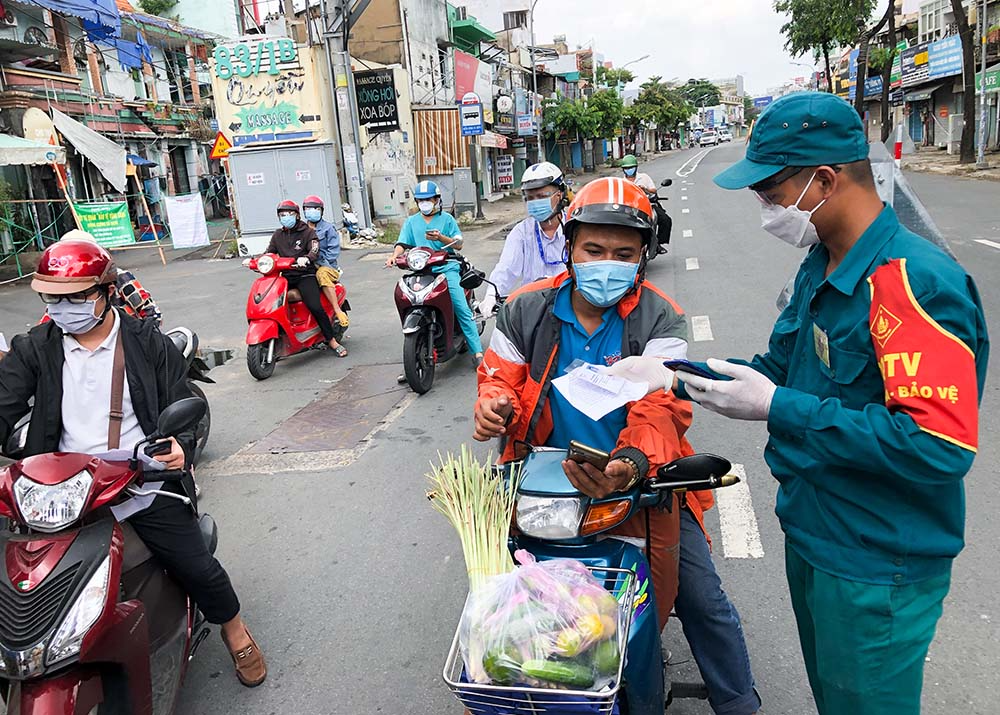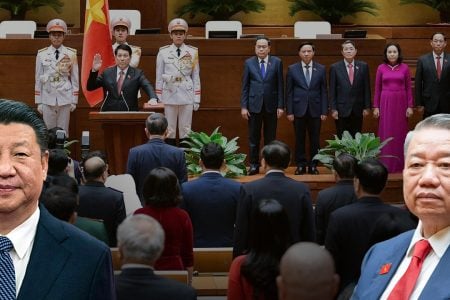
The World Bank (WB) on August 24 stated that Vietnam’s GDP is expected to grow about 4.8% for the whole year of 2021.
This forecast is made in the latest edition of the report called the “Review Report” which provides a six-month update on Vietnam’s economic situation, which adds that “measures to Government’s limit travel efforts to contain the pandemic have had an impact on the domestic economy.
According to the WB, this forecast is two percentage points lower than the forecast released by the financial institution in December 2020 because of the “negative impact of the current COVID-19 outbreak on economic activities.”
Since the end of April, Vietnam has experienced a serious outbreak of COVID-19, especially in Ho Chi Minh City, bringing the total number of infections to at least 369 thousand cases and more than 9,000 deaths, according to data released by the Ministry of Health on August 24.
WB’s report says that in July, retail sales fell 19.8% year-on-year, and this was the „biggest decline since April 2020“ while the Purchasing Power Index (PMI) also decreased significantly. „On the external economy, the balance of trade in goods has turned into a deficit in the past few months, while foreign investors are somewhat cautious,“ the World Bank said. “Supply chains and industrial zones are disrupted by the widespread re-emergence of the COVID-19 epidemic, which seems to have forced exporters to temporarily close factories or suspend production.”
“Will Vietnam’s economy recover in the second half of 2021? It depends on the outcome of the current COVID-19 outbreak control, the effectiveness of vaccine deployment, and the effectiveness of fiscal measures to support affected businesses and households and stimulate recovery,” said Rahul Kitchlu, the World Bank’s Acting Country Director for Vietnam, in the organization’s statement.
“While downside risks have increased, Vietnam’s economic fundamentals remain solid and the economy could return to pre-pandemic GDP growth rates of between 6.5 to 7% from 2022 onwards.”
The report also “recommends the need for authorities to address the social consequences of the COVID-19 crisis by improving the depth and effectiveness of social protection programs.”
According to WB, governments at all levels “also need to be wary of increased risks in the financial sector, in particular, need to pay attention to bad debts” and “fiscal policy also needs more attention because the Policymakers need to find a balance between the need to support economic recovery and the need to maintain public debt at a sustainable level.”
In November last year, the International Monetary Fund (IMF) forecast that Vietnam’s economy would „recover strongly“ in 2021, with growth expected to increase to 6.5% when economic activities in and overseas return to normal, while inflation is expected to remain close to Vietnam’s target of 4%.
However, Director of the IMF in Vietnam Era Dabla-Norris also noted that the Vietnamese economy could also suffer „significant uncertainties“ due to the possibility of a re-emergence of the pandemic, slow recovery globally, ongoing trade tensions and business difficulties could lead to bankruptcies, labor market and banking system strain.
“With the above uncertainties, it is very important to flexibly adjust the size and structure of policy support. Fiscal policy must play a larger role in the mix of policies,” the IMF official recommended.
Thoibao.de (Translated)




























